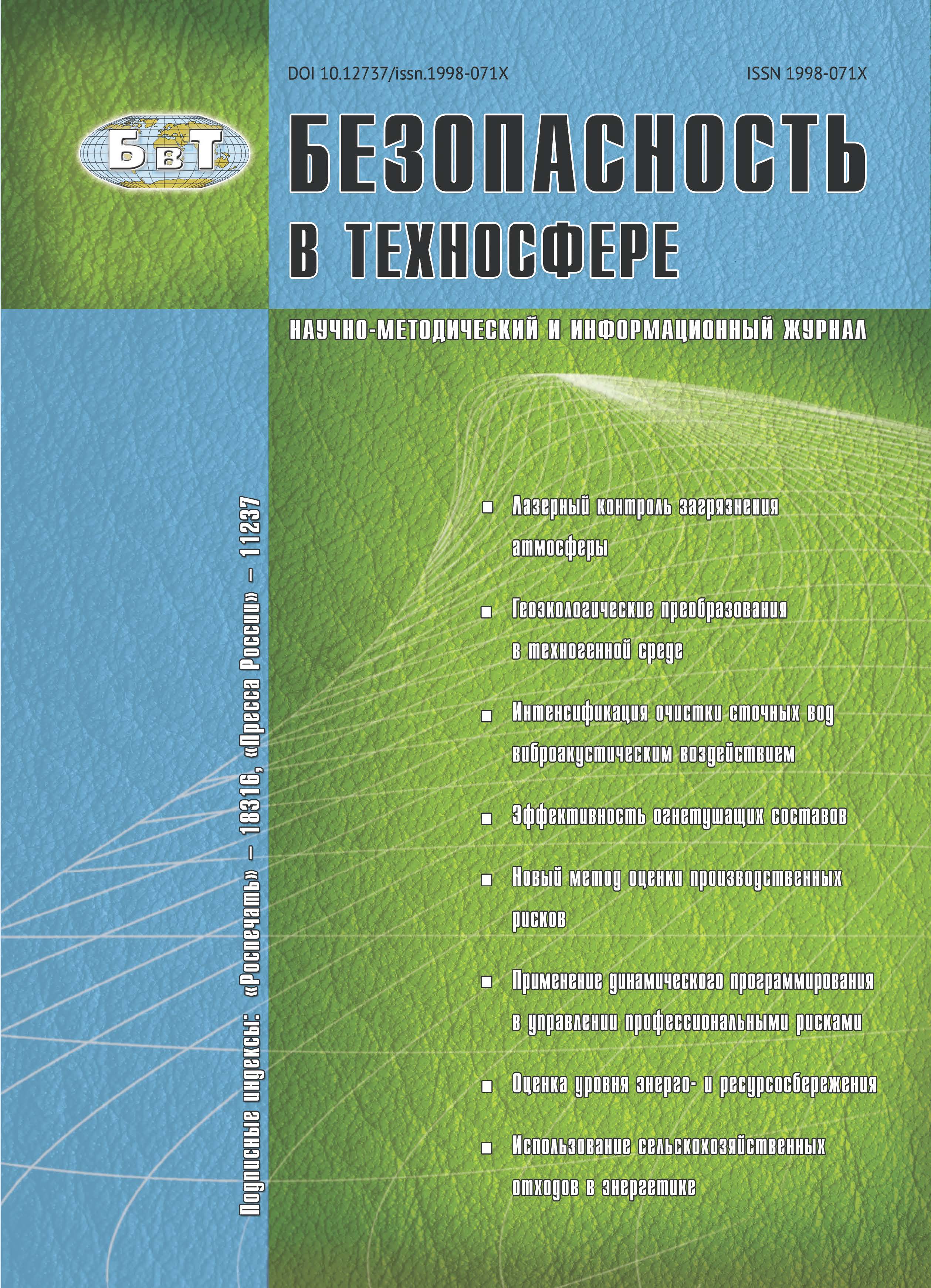Russian Federation
The analysis of known calculated dependences for determining the relative cut-in length of the end hole of the channel without clamping shoulder (end correction) needed to perform applicative acoustic calculation, in particular by the design of jet noise mufflers. The accuracy of the results obtained by calculating with the known dependencies is estimated. The method of calculating of the end correction with machine method is offered, the basis of which was used by the development of analytical dependence for calculating the values of the cut-in length of the holes without clamping shoulder with high accuracy adopted in this article as a reference. These values are calculated in Matlab system with relative and absolute accuracy 10–7 and 10–12, in particular, it was found that when ka=0l/a=0,6127, but not 0.6133 as it was previously thought in the world acoustics. A computer approach of calculation of the modified Bessel functions for large values of the argument was developed. A correction of design equations which are widely used in acoustic engineering development, which increases the accuracy of calculating the cut-in length of the end channels holes without clamping shoulder. The results are intended for use in both basic acoustic investigations and in their numerous practical applications.
cut-in length, end correction, wavenumber, Bessel function, symptom-free development, uncertainty on a calculating result, acoustic report, calculation of noise muffler.
1. Физическая сущность концевой коррекции
Физически присоединенная длина концевого отверстия канала без фланца представляет собой объем определенной массы среды, совершающей колебательные движения под действием переменного звукового давления снаружи около концевого отверстия канала, по которому распространяется акустическая волна, отнесенный к его площади. Эта масса среды обладает определенным инерционным сопротивлением, составляющим положительную реактивную часть комплексного импеданса излучения звуковых волн отверстием. Активная часть этого импеданса, называемая акустическим сопротивлением, после умножения на квадрат объемной колебательной скорости в волне в отверстии, представляет численно звуковую мощность, излучаемую в окружающую среду. По воздействию на звуковое поле в канале на низких частотах эта масса эквивалентна его удлинению на величину l. Аналогичные по физической природе процессы возникают около торцевых отверстий каналов, входящих, например, в состав реактивных глушителей шума различного назначения. Поэтому при их акустических расчетах используется эквивалентная длина этих каналов, равная сумме их геометрической длины и присоединенной длины торцевых отверстий (называемой иначе «концевой коррекцией»).
1. Mironova A.N., Tupov V.V. K raschetu modulja kojefficienta otrazhenija akusticheskih voln ot koncevogo otverstija kanala bez flanca [The calculation of the reflection coefficient module of the acoustic waves from the end opening of the channel without flange]. Akustika sredy obitanija: sbornik trudov Pervoj Vserossijskoj konferencii molodyh uchenyh i specialistov (ASO-2016). Moskva, 13 maja 2016 g. [Acoustic environment: Proceedings of the First All-Russian conference of young scientists and specialists (AFR-2016). Moscow, May 13, 2016]. Moscow, MGTUim. N.Je. Baumana Publ., 2016, pp. 108-115. (in Russian)
2. Levine H., Schwinger J. On the radiation of sound froman unflanged circularpipe. J. Phys. Rev., 1948. V.73. №4. P. 383-406.
3. Gutin L.Ja. O zvukovom pole porshnevyh izluchatelej [On sound field of piston radiators]. ZhTF. 1937. V. VII. № 10. P. 1096-1106. (in Russian)
4. Komkin A.I., Mironov M.A., Judin S.I.O prisoedinennoj dline otverstij [Attached length holes]. Akust. zhurn. [Acoustical Physics]. 2012. V. 58, I. 6, pp. 677-682. (in Russian)
5. Davies P.O.A.L., Bento Coelho J.L., Bhattacharya M.J. Reflection coefficients for an unflanged pipe with flow. J. Sound Vibr. 1980. V.72. № 4. P. 543-546.
6. Munjal M.L. Acoustics of Ducts and Mufflers (with Application to Exhaust and Ventilation System Design). A Wiley-Interscience. John Wiley & Sons. New York. 1987. 320 p.
7. Mechel F.P. Formulas of Acoustics. Second Edition. Springer-Verlag. Berlin, Heidelberg, New York, 2008.1298 p.
8. Norris A.N., Sheng I.C. Acoustic radiation from a circular pipe with an infinite flange. J. Sound Vibr. 1989. V.135. № 1. P. 85-93.
9. Silva F., Guillemain Ph., Kergomard J., Mallaroni B., Norris A.N. Approximation formulae for the acoustic radiation impedance of a cylindrical pipe. J. Sound Vibr. Elsevier. 2009. V. 332. № 1-2. P. 255-263.
10. Andrey R. Da Silva, Paulo Henrique Mareze, Arcanjo Lenzi Approximate expressions for the reflection coefficient of ducts terminated by circular flanges. J. Braz. Soc. Mech. Sci.&Eng. RiodeJaneiro. 2012. V. 34. № 2. P. 1-13.
11. Andre Ango. Matematika dlja jelektro- i radioinzhenerov [Mathematics for Electrical and Radio Engineers]. Moscow, Nauka Publ., 1965. 780 p. (in Russian)
12. MATLAB. Samouchitel´. Prakticheskij podhod [MATLAB. A practical approach]. St. Petersburg, Nauka i Tehnika Publ., 2012. 448 p. (in Russian)






